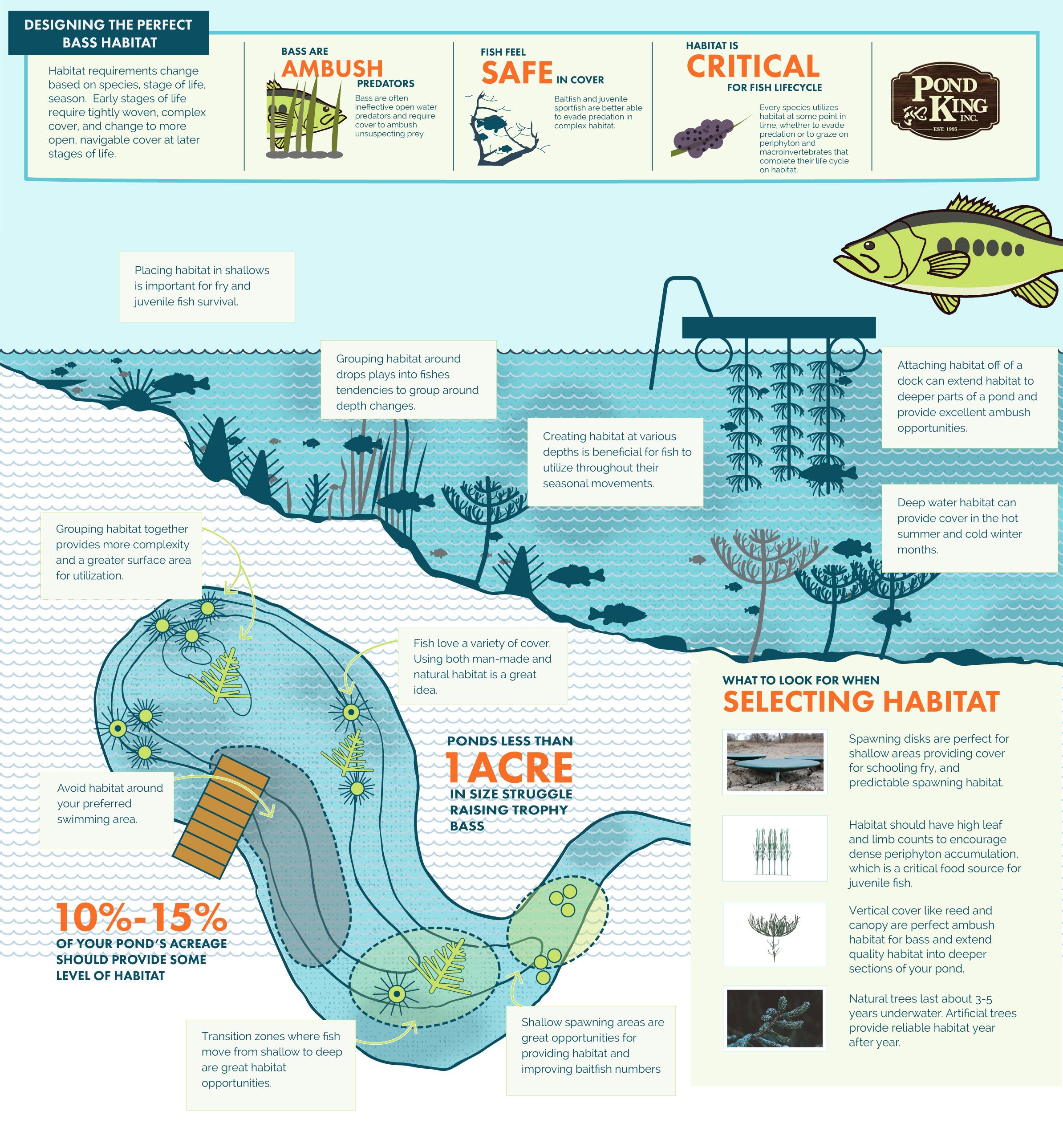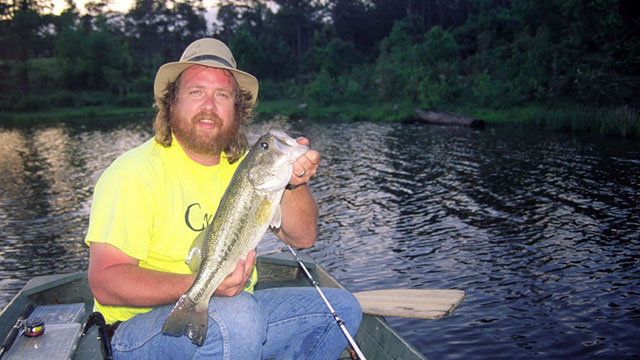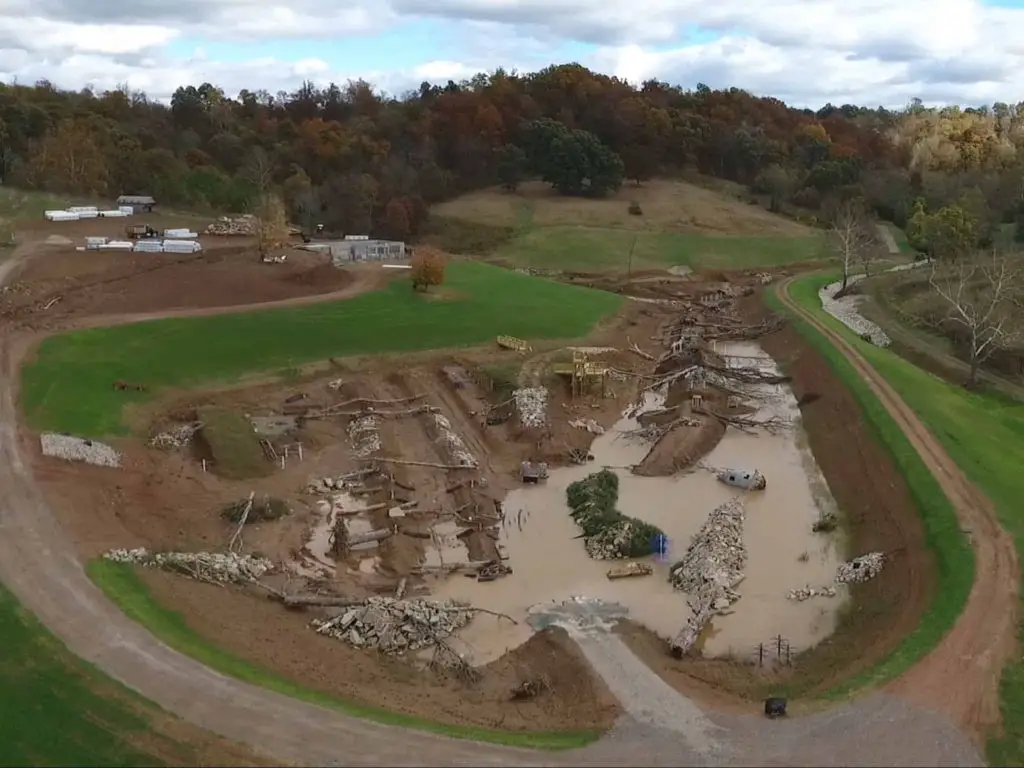Building a pond for bass can be a rewarding and enjoyable project for both novice and experienced anglers. Whether you’re looking to enhance your property, create a sustainable fishing habitat, or simply enjoy the beauty of a pond, constructing a bass pond requires careful planning and execution. In this guide, we’ll walk you through the essential steps to build a pond that will support a thriving bass population.
1. Determine the Location
The first step in building a pond for bass is to select an appropriate location. Ideally, the site should have access to sunlight for at least six hours a day to support aquatic plant growth. Ensure that the area is not prone to flooding and has good soil drainage to prevent waterlogging.
2. Obtain Permits
Before starting construction, check with your local authorities to determine if you need any permits or approvals to build a pond on your property. Compliance with regulations is essential to avoid any legal issues down the line.
3. Design the Pond
Consider the size and depth of the pond based on the bass population you wish to support. A depth of at least 8 feet is recommended to provide adequate habitat for bass to thrive. Plan the shape of the pond to include shallow areas for spawning and deeper sections for fish to seek refuge.
4. Excavation
Excavate the pond site using heavy equipment such as a backhoe or excavator. Remove topsoil and dig to the desired depth, ensuring that the edges are sloped to prevent erosion. Use the excavated soil to create berms around the pond for added stability.
5. Install a Liner
To prevent water seepage, install a durable pond liner such as EPDM or PVC. Ensure that the liner is properly secured and free of wrinkles to maintain water integrity. Consider adding a protective layer such as geotextile fabric before laying the liner.

Credit: blog.pondking.com
6. Construct an Inlet and Outlet
Create an inlet and outlet structure to regulate water flow in the pond. This will help maintain optimal water levels and prevent stagnation. Install a pipe system with a control valve to manage water circulation effectively.
7. Fill the Pond
Once the pond is lined and the inlet and outlet are in place, fill the pond with water. Use clean, freshwater from a reliable source to avoid introducing contaminants or pollutants that could harm the bass population.
8. Add Habitat Structures
To enhance the habitat for bass, consider adding structures such as submerged trees, rock piles, and aquatic plants. These features provide shelter, spawning grounds, and feeding opportunities for bass, contributing to a healthy ecosystem.
9. Stock the Pond
After the pond is established, introduce bass fingerlings to kickstart the population. Purchase fish from a reputable hatchery to ensure they are healthy and disease-free. Monitor the bass population regularly to track growth and overall health.

Credit: www.gameandfishmag.com
10. Maintain the Pond
Regular maintenance is crucial to ensure the long-term success of your bass pond. Monitor water quality, remove debris, control vegetation growth, and address any issues promptly to prevent problems that could impact the bass population.
Conclusion
Building a pond for bass is a fulfilling endeavor that can provide years of enjoyment for anglers and nature enthusiasts alike. By following these steps and investing time and effort into planning and construction, you can create a thriving ecosystem that supports a healthy bass population. Remember to prioritize sustainability and conservation in your pond management practices to preserve this valuable habitat for generations to come.





